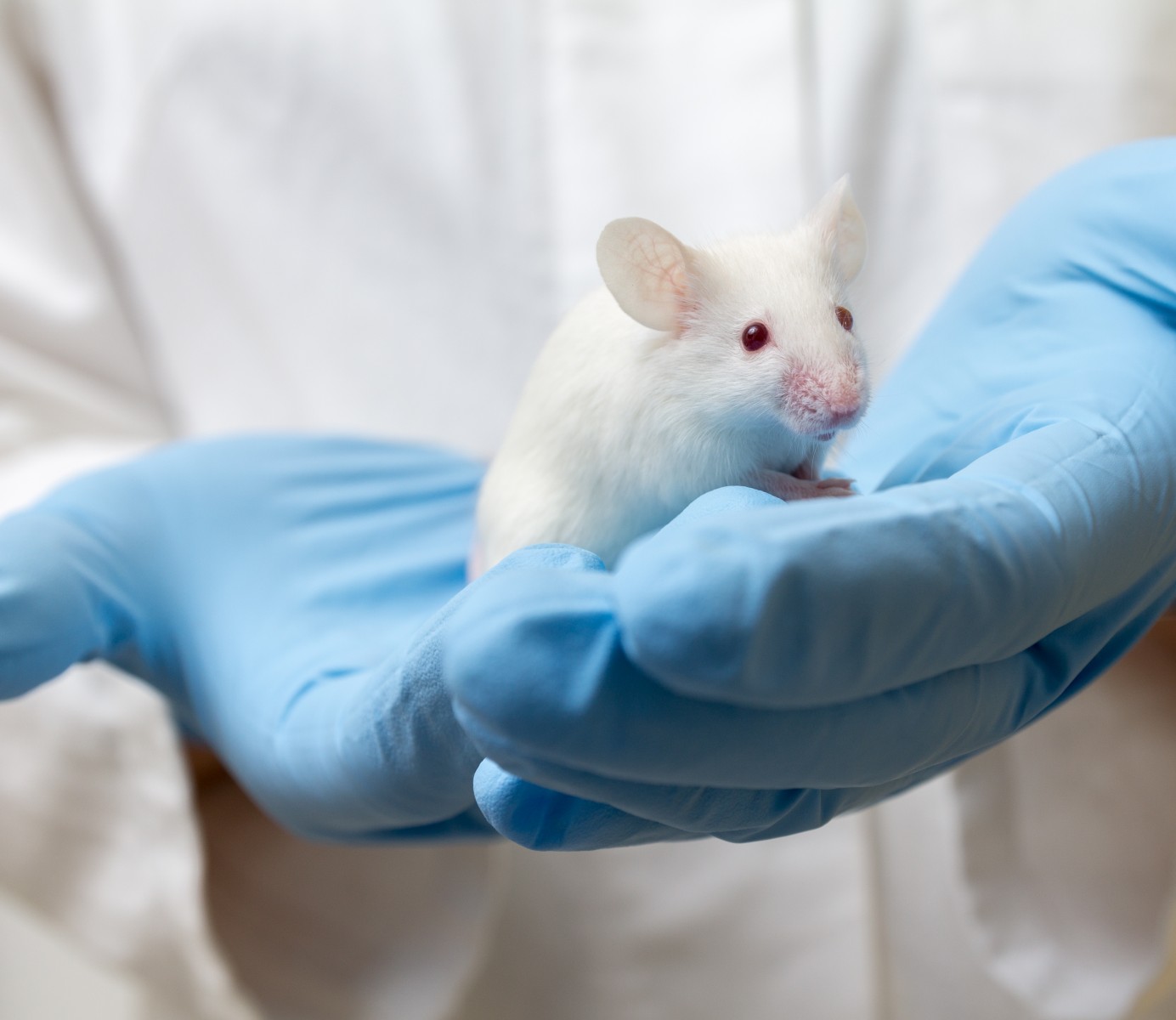Researchers Develop New Mice Models for SMA Types 2 and 3

Researchers at the University College London in the United Kingdom recently reported the development of new mice models with intermediate clinical severity of spinal muscular atrophy (SMA). The study, published in the journal Human Molecular Genetics, is titled “Repeated low doses of morpholino antisense oligomer: an intermediate mouse model of spinal muscular atrophy to explore the window of therapeutic response.”
SMA (spinal muscular atrophy) is a rare, devastating motor neuron disease and one of the leading genetic causes of pediatric mortality that occurs in approximately 1 in every 6,000 to 10,000 newborns. Characterized by the degeneration of nerves that control muscles and voluntary movement, it results in muscle weakness, atrophy, paralysis, and possible death. SMA is the result of a mutation or deletion in a gene called survival motor neuron 1 (SMN1) that results in low levels of the SMN protein. Besides SMN1, there is another protein variant, SMN2, that is mainly produced as an unstable and shortened version of the SMN protein due to a single nucleotide difference in the exon 7 of the gene, and therefore cannot compensate for SMN1 loss. Currently, SMA has no approved treatment.
There are four primary types of SMA, from type 1 to type 4, that differ on the age at disease onset and the highest physical milestones achieved. Type 1 SMA is the most severe and common type and is usually diagnosed during the infant’s first six months. Type 2 SMA is usually diagnosed between six months and two years of age; it is characterized by a delay or failure in meeting motor milestones and the inability to walk. Type 3 SMA is usually diagnosed between 18 months and three years of age; children are initially able to walk but experience increasingly limited mobility as they grow. Finally, type 4 SMA is a very rare condition that usually appears during adulthood and leads to mild motor impairment.
Currently, mice models allow the study of type I SMA but no models faithfully mimic human type 2 and type 3 SMA.
For the current study, researchers generated a mice model with an intermediate SMA phenotype. The team used a morpholino antisense oligomer called PMO25. Morpholinos are molecules that recognize and bind to specific sequences in DNA/RNA blocking gene expression. PMO25 recognizes a silencer region in intron 7 of the SMN2 gene.
The team administered low doses of PMO25 to neonatal severe SMA mice models. Researchers found that mice receiving a single low-dose of PMO25 had a moderately extended lifespan with a slight improvement in neuromuscular pathology, showing a phenotype between severe type 1 and mild type 3 SMA. Interestingly, the administration of a second low-dose of PMO25 at postnatal day 5 had an additive effect in terms of survival, while systemic administration with 2 weeks intervals had a long-term therapeutic effect, improving survival rate and neuromuscular function.
The research team emphasized that the SMA mice models can allow further studies into the pathophysiology of intermediate phenotypes of SMA and the assessment of potential therapeutic strategies. Furthermore, the models may also help in the design of future clinical trials for SMA therapies.







